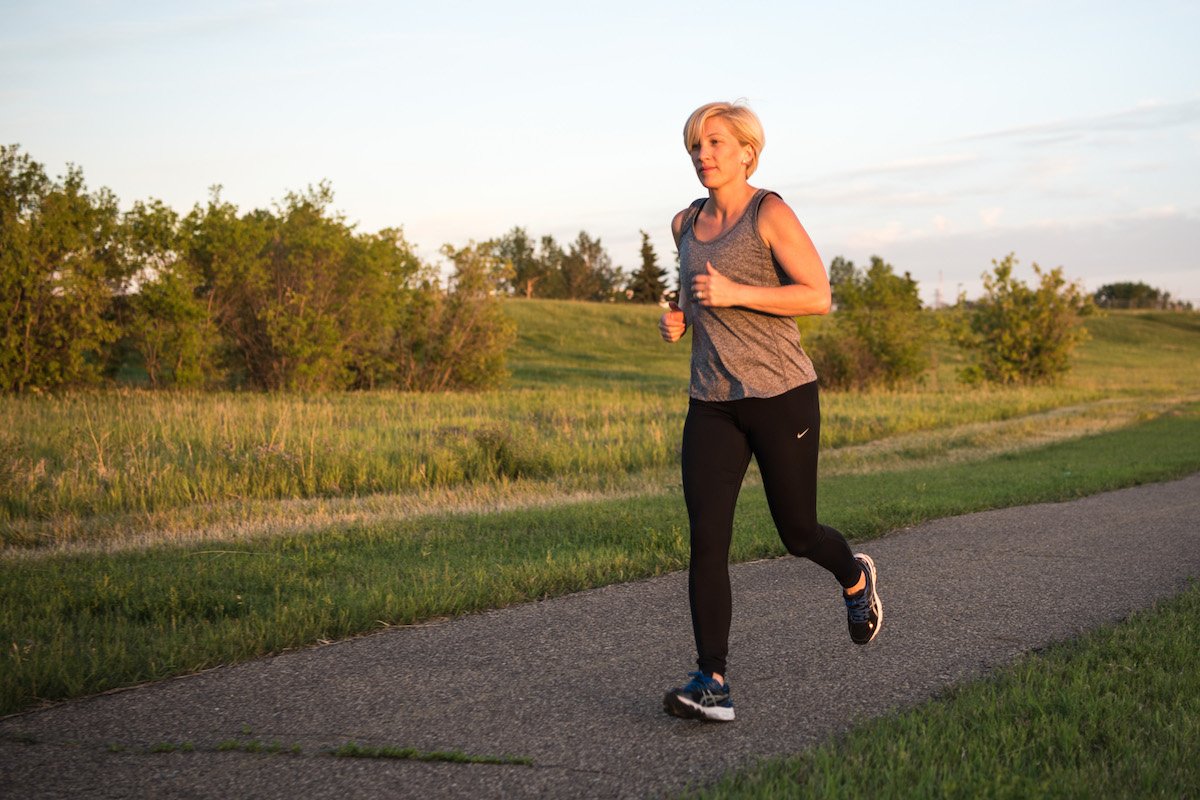 Two of my loves are yoga and running. I was over the moon when I was able to combine the two by leading running and yoga clubs. Taking this one step further would be applying the 8 Limb Path to running.
Two of my loves are yoga and running. I was over the moon when I was able to combine the two by leading running and yoga clubs. Taking this one step further would be applying the 8 Limb Path to running.
The first limb: Yama, focuses on our behaviour and how we conduct ourselves in life. Running requires us to set goals, especially if you are preparing for a race. That mind-set spills over into other aspects of our lives.
Niyama: the second limb, has to do with self-discipline; see above. Setting goals requires self-discipline. We have to sacrifice late nights to get up for that early morning long run. We have to give up junk food to feed our bodies the fuel it needs.
Third limb: Asana is the physical postures of yoga, the most commonly known limb of yoga. Good running posture includes: swinging the arms forward and back – not crossing in front of the body; look ahead not at your feet; relax your hands; stand tall, head up, back straight, shoulders level and relaxed.
Fourth limb: Pranayama or breath control. If you’re going out for a casual run at a slower pace, you may use nasal breathing. You can also choose to inhale through your nose and exhale through your mouth. However, if you find yourself struggling to catch your breath or carry on a conversation, you may find it easier to breathe solely through your mouth. During high-intensity runs or sprints, it’s recommended that you breathe through your mouth since it’s more efficient. Diaphragmatic breathing is especially important if you have a shallow breath. Breathing into your chest can also cause tension in your shoulders, so you may find that your body is naturally more relaxed when you belly breathe.
Fifth limb: Pratyahara is withdrawal of senses. Re-routing your attention inward and tuning out external stimuli. This serves as a foundation for meditation. We are constantly being bombarded with external stimuli. Lace up your shoes and hit nature for a run and tune-in to your body and state of mind and tune out the rest of the world.
Sixth limb, Dharana: concentration or single focus. When you’re out on a run that’s all you need to think about. Run the mile you’re in; watch your footing. When you practice Dharana, you are “binding” the mind to one place, idea, or object. An object of concentration can be a mantra, the breath, or even tasks. Laser focus can help in all aspects of your life. Dharana is about the practice of controlling what your mind focuses on. Improving your ability to focus can also improve your relationships and your own mental health.
Seventh limb: Dhyana is meditative absorption. Dhyana is contemplating, reflecting on whatever Dharana has focused on. Dhyana is its contemplation. Dhyana is non-judgmental, non-presumptuous observation. Dhyana is uninterrupted train of thought, current of cognition, flow of awareness. Leave your high tech watch and ear buds at home and simply run.
Eighth Limb: Samadhi = Union, Integration; the highest state of mental concentration that people can achieve while still bound to the body and which unites them with the highest reality attained by the practice of Dharana (focused attention) and Dhyana (effortless meditation). It can be thought of as the culmination of your meditation process. Now the heart is fully awake, a state of deep love for the world and everything in it. Initially there is no wish to return from this state – runner’s high. Inner silence is maintained along with normal daily activities. It is being able to maintain the experience of Samadhi at all times.